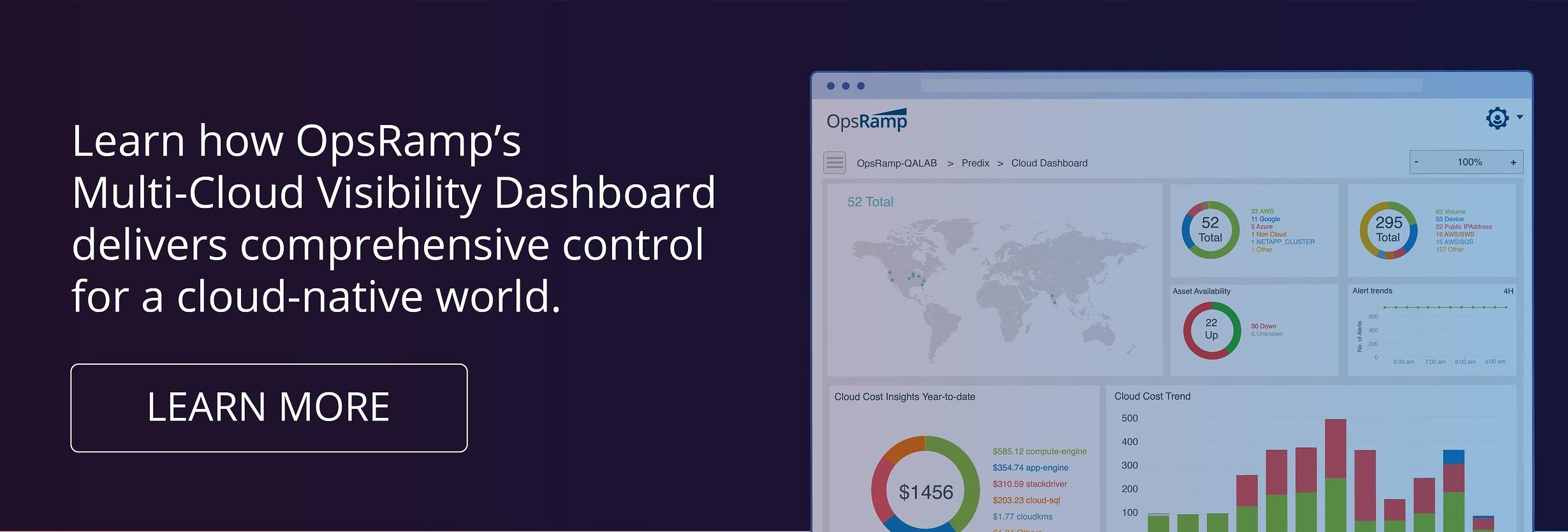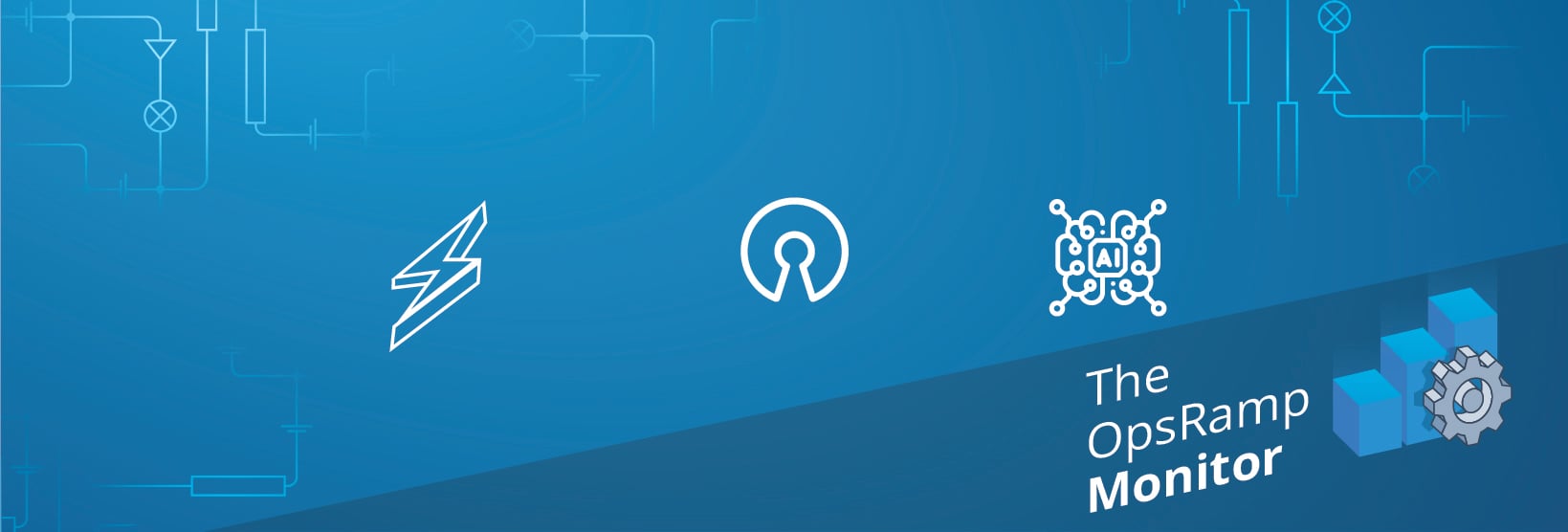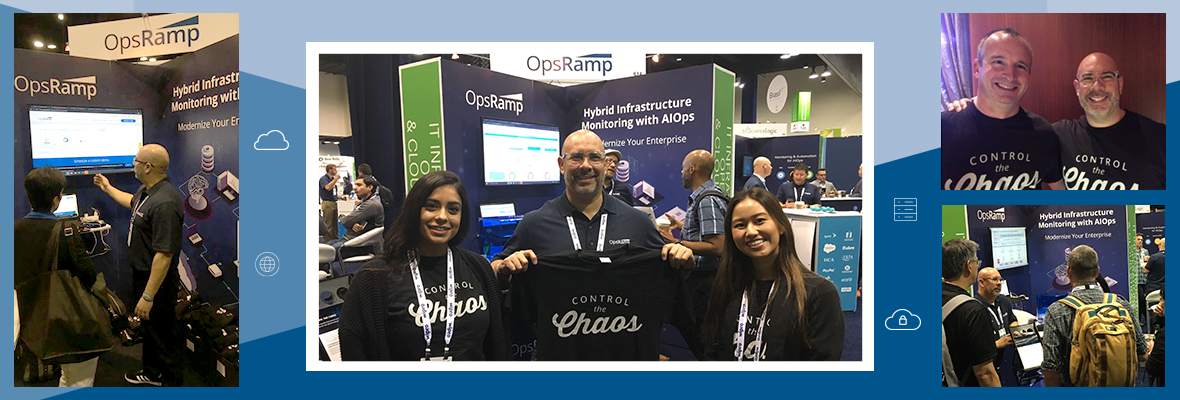The 2018 CIO Survey finds that the biggest investment for CIOs today is in the cloud, with 70% of enterprises committing to significant or moderate cloud investments. While mobile, artificial intelligence, the Internet of Things, robotic process automation, and virtual reality are all focus areas, cloud spending is a first order priority for both IT executives and business leaders.
How do IT teams adopt public cloud as an agent of change? Meet Stephen Orban, until recently the global head of enterprise strategy for AWS, and the author of a new book, Ahead in the Cloud: Best Practices for Navigating the Future of Enterprise IT. Before joining AWS, Stephen was the CIO/CTO for Dow Jones, where he first tapped into the power of cloud computing for business transformation. As the enterprise strategy lead for AWS, Stephen has worked with global firms to build the right teams and organizational structures for successful cloud adoption.
Why have organizations like Netflix, Capital One, GE, and The New York Public Library become the poster child for cloud adoption? Here are five lessons from Stephen Orban’s Ahead in the Cloud that’ll help you make necessary organizational changes for hyperscale adoption, address the pressing issue of staffing your cloud teams, and roll out the right processes to avoid cloud missteps.
Lesson #1 - It’s Time To Become A Chief Change Management Officer
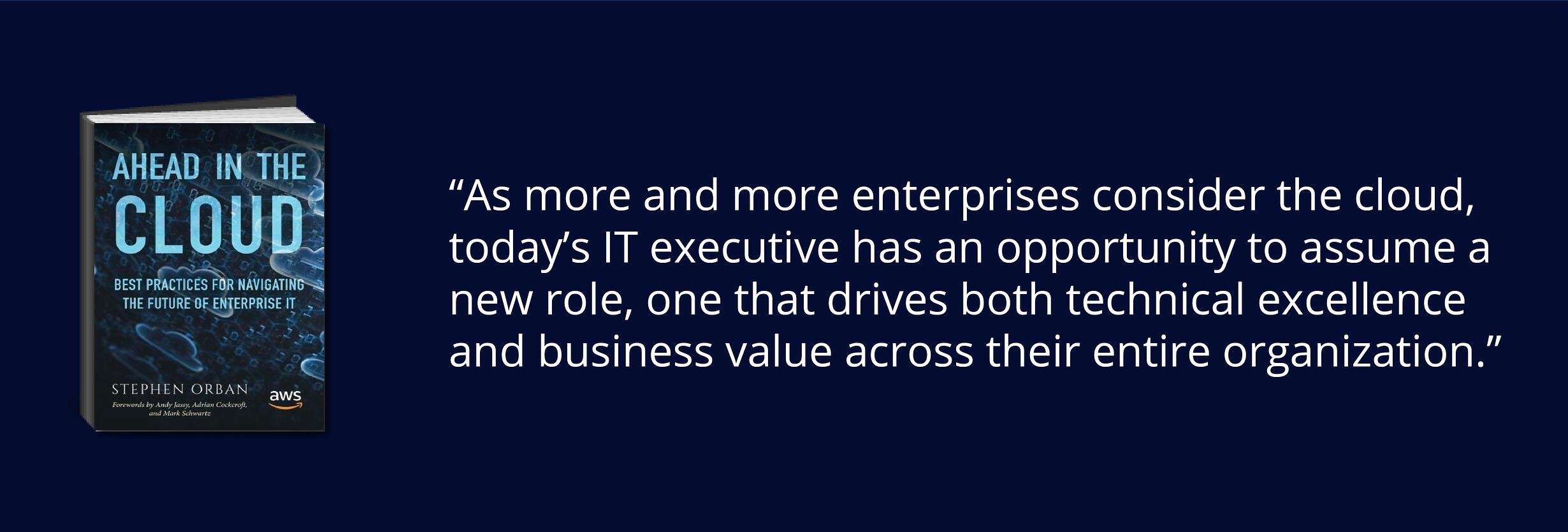
IT leaders have a once-in-a-lifetime opportunity to unleash disruptive innovation by leading their organization’s cloud journey. Get ready to transform into a Chief Change Management Officer (CCMO) to help your organization embrace new business models with speed and agility. The main function of a CCMO is to provide clarity of purpose, by articulating the organizational vision, explaining how each team member fits into the larger picture and measuring progress against soft and hard targets.
Technology executives are best positioned to reimagine how the cloud impacts every organizational function. CCMOs should work with their executive peers from finance, sales, marketing, and human resources to share how they can meet customer expectations and keep their teams competitive in the digital era.
Lesson #2 - Invest In The Teams That You Already Have
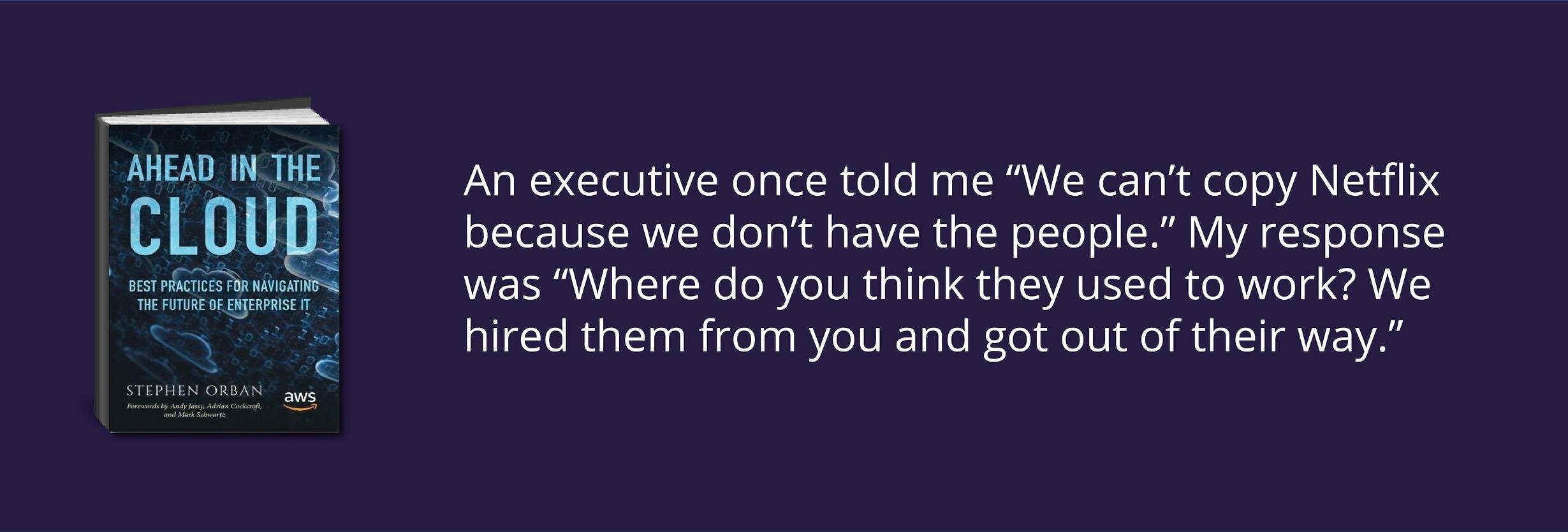
You’ve seen the headlines: Skills shortages have forced enterprises to put their cloud plans on hold. One way to address the skills gap is to bring in talent from the outside. The better way, according to Stephen Orban, is to train your existing staff who have a wealth of IT expertise and organizational know-how. Reallocate your hiring budgets to cloud training and certification for your existing IT staff. Recognize employees who’ve cleared their certification exams and provide them with the support they need to build new cloud skills.
While training is a great way to gain human capital, the best way to attain cloud expertise is to have your newly trained employees build small but meaningful cloud applications. Hands-on projects help your staff apply what they’ve learned in the classroom to building enterprise cloud services that deliver business value.
Lesson #3 - Embrace A Culture of Experimentation
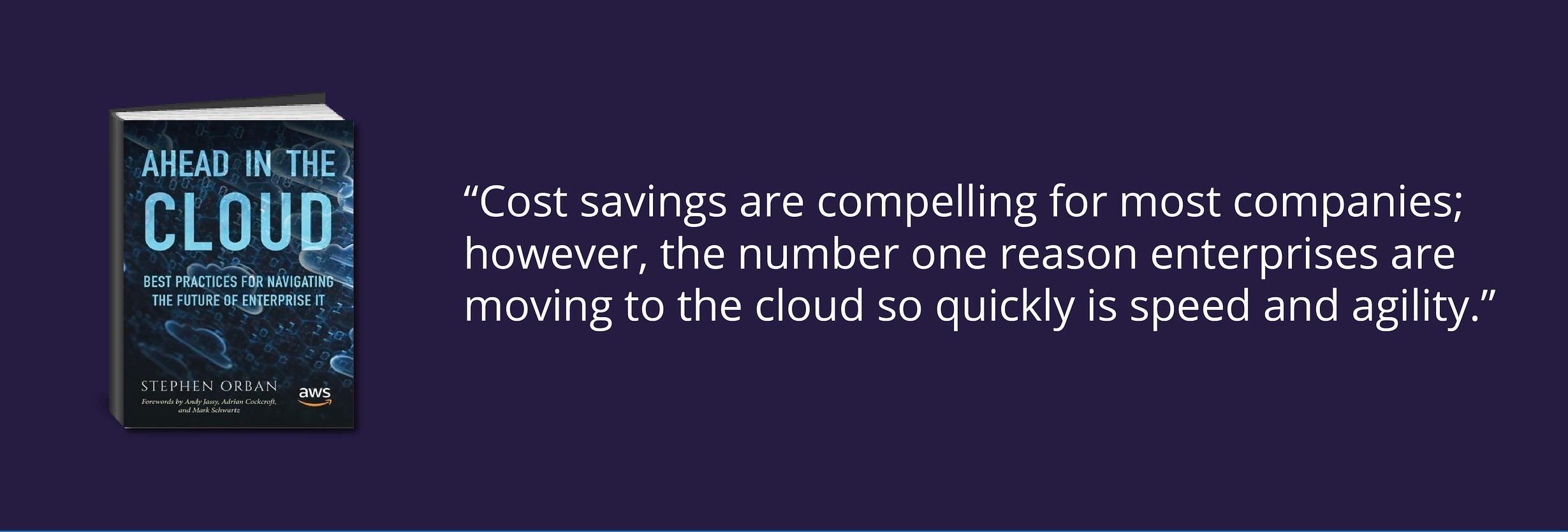
The only way to stay ahead of your competition and keep customers satisfied is to launch new products and services. Successful startups start as small experiments with a core set of features for early adopters. Embrace the startup mantra of minimal viable products with on-demand cloud workloads and flexible pay-as-you-go pricing models.
Build a culture of continuous innovation by setting the right expectations for the experiments you run. Approve experiments only after you’ve defined how to measure success so that you’re prioritizing experiments that deliver meaningful business outcomes. Finally, promote successful collaboration with your business teams by opening up experiments to the entire organization.
Lesson #4 - Build A Cloud Center of Excellence (CCoE)
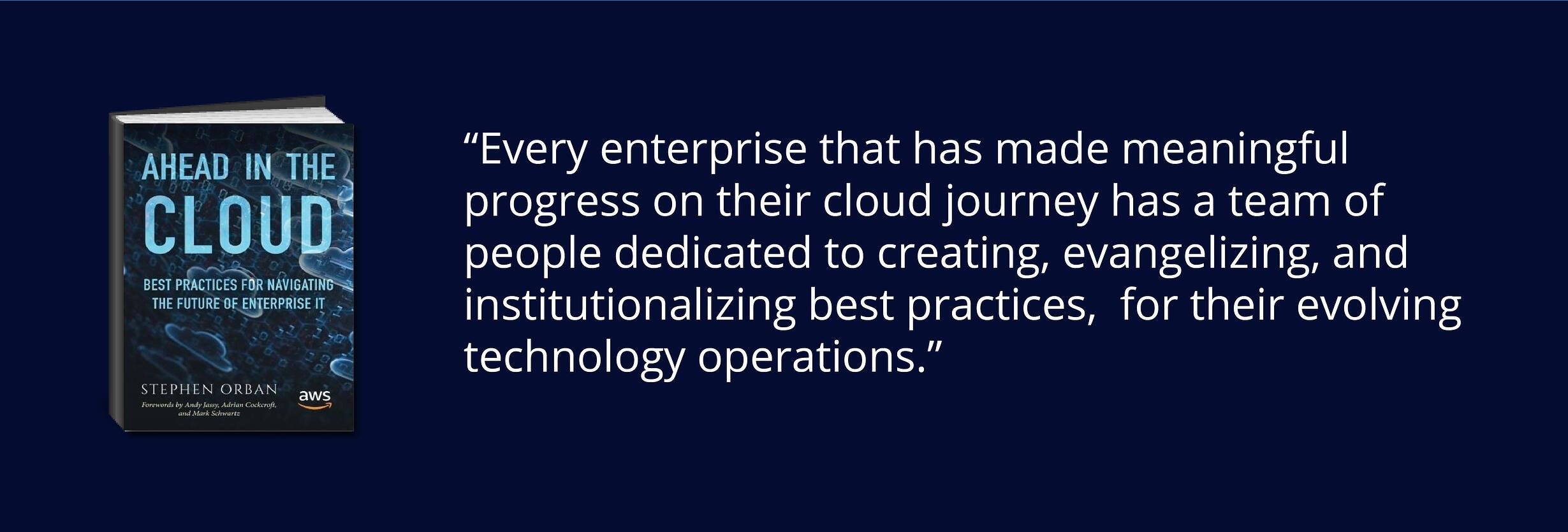
Create a cross-functional Cloud Center of Excellence (CCoE) to succeed in your cloud journey. The CCoE is the Landing Zone for cloud operations best practices, frameworks, and governance. So, how do you staff and measure your Cloud Center of Excellence?
Start by hiring a small team of diverse IT practitioners (developers, infrastructure, and middleware experts) that combine technical knowledge with institutional expertise. Your CCoE can have just three to five employees, to begin with, and scale up over time. Once you’ve assembled your dream CCoE team, offer unwavering executive support and provide deep training on the latest cloud technologies and processes.
Your CCoE will build a point of view on the standards and reference architectures for migrating your legacy applications to the cloud and appropriate ways to manage and maintain your cloud applications. Measure and track the performance of your CCoE with the right set of metrics and KPIs. Common metrics include release velocity, projects influenced, and IT resource utilization.
Lesson #5 - Enterprise DevOps Is Your Antidote To Shadow IT
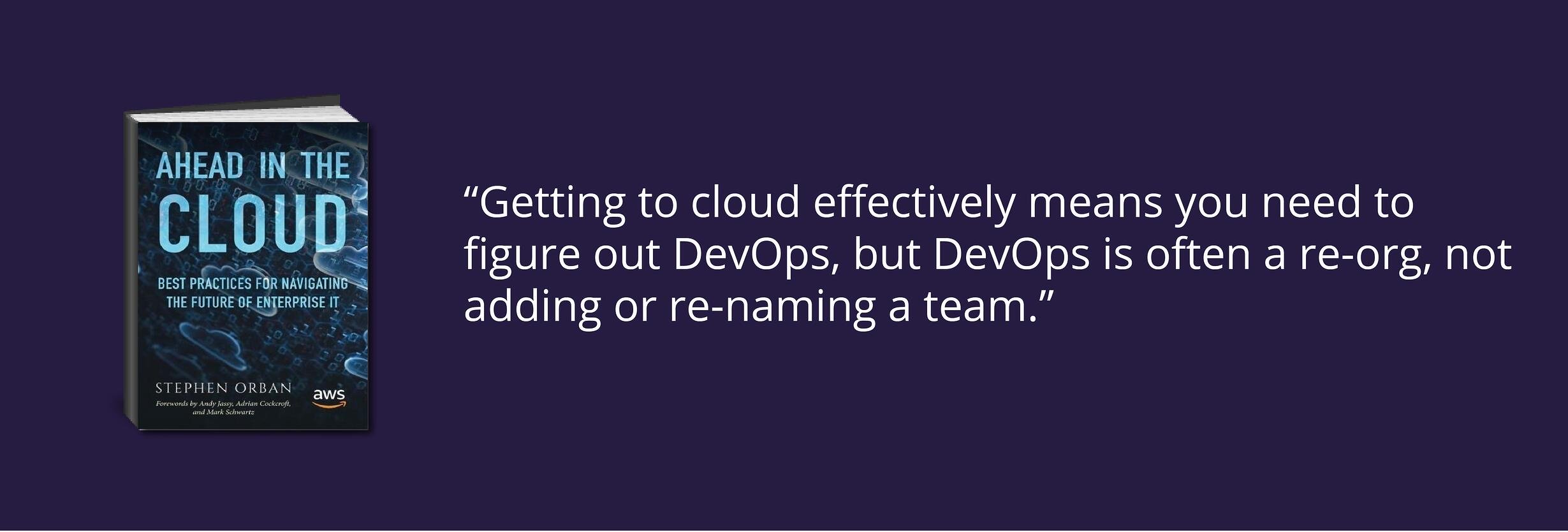
If you’re looking to deliver faster, frequent, and more reliable services, you’ll have to jump onto the DevOps bandwagon. DevOps practices help you accelerate innovation, improve time-to-market, and take your product development to the next level. When you gain DevOps religion, your business units will stop using shadow IT and turn to your team for all their needs.
The first rule of enterprise DevOps is to fundamentally rethink IT roles and responsibilities. The traditional division of labor between Development and Operations resulted in siloed thinking, major heartburn, and constant finger pointing. For cloud operations, you’ll need to embrace continuous delivery, with Dev and Ops working closely across agile release cycles.
The second tenet is to automate everything so that you can provide IT services faster, cheaper, and better. The third principle is to run what you build, which puts the onus on developers to build reliable and secure products. When developers get paged at 3 am to fix an outage, they’ll ensure that the issue never happens again.
Conclusion
If you’re a senior technology leader in the midst of your cloud journey, go ahead and grab a copy of Ahead in the Cloud. You’ll learn how to build the right organizational skills for cloud transformation and avoid common pitfalls that can derail your cloud plans.



